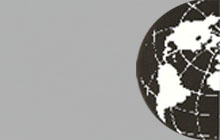
Volunteer Participation Projects |
"In manifesting your aliveness, you will want to follow a principle which was beautifully stated by Albert Schweitzer when he said, 'I don't know what your destiny will be, but one thing I know: The only ones among us who will be happy are those who have sought and found how to serve.' Notice that Dr. Schweitzer says, 'sought and found how to serve.' He did not say 'try to serve', or 'try something and drop it,' or 'do the best you can.' Happiness comes from having served successfully." "One continues to expand in one's ability to serve by meeting the challenge of actually delivering the results. What can you do? Decide on a project for which you are willing to take complete responsibility. Complete the project successfully. Relate this achievement to others and be an inspiration for them. Your willingness to express yourself may be just the trigger needed by someone else to do something for themselves. From now on, don't wait for something to happen to you. Actually take responsibility for making something happen. Keep at it until you make it a successful experience for everyone. You can make a difference." - Werner Erhard, 1971 Many people who added their name to the Hunger Project checked the box called "I will create my own form of participation." Here is one of the projects that was created out of that choice:
The End of Hunger RunFrom the October 1978 Graduate Review: Message to the White House - It began as an idea within one person. It became an event that touched the lives of millions of people and literally brought the issue of world hunger to the steps of the White House. It was the "End of Hunger Run," and it began on June 29th, 1976 in Eastport, Maine, the . easternmost city of the United States. Before it was over, more than 1,000 people of every age, race, and background, from children to senior citizens, had passed a symbolic baton from hand to hand, day and night around the clock, in sun and · in rain, as an expression of their individual commitment to seeing the end of hunger in our lifetime. The baton, a hollowed-out spoke from an old wagon wheel, contained a message to the President on behalf of all the people enrolled in The Hunger Project. It was carried 863 miles through nine states and the District of Columbia. On July 4th, the final runner carried it through the streets of Washington, D.C., past crowds of applauding people, to the southwest gate of the White House. President Gerald Ford's chief speech writer, Jim Fallows, accepted the baton and expressed the President's appreciation for this demonstration of support for his top priority while in office-the preservation and expansion of human rights. The most basic of those rights, Fallows said, is the right to eat. The final runner in Washington was Charlie Frair, who initiated and inspired the "End of Hunger Run." "I used to believe that people supported the end of hunger," said Charlie. "After this run, I don't believe it, I know it. Everyone was willing to do anything to make it work. It changed my life and the lives of thousands of people." This message was inside the baton carried in the "End of Hunger Run": "Twenty-eight people died of starvation each minute we carried this message to you-a total of 210,000 during this run. Our lives are not complete as long as this tragedy persists. The time has come to end hunger and starvation! Each of us brings you this message as an individual expression of our commitment and our willingness to be responsible for ending hunger on our planet within 19 years." (October 1978 Graduate Review) Out of this comittment ending world hunger the non-profit organization World Runners was born. The two following videos tell the story of the 170 members of the World Runners who participated in the 1980 Oakland Marathon.
Related Links: Mainers Fight Hunger in Their Own Unique Way August 500 Seeks an End To Hunger Volunteers Work To End World Hunger Werner Erhard and The Hunger Project Gonneke Spits and The est Training Werner Erhard Quotes: The Hunger Project Werner Erhard Charitable Organizations
<< Back to Charitable Organizations ........The Hunger Project Videos>> |
|
In 1988 Werner Erhard was presented the Mahatma Gandhi Humanitarian Award: “In honor of your notable effort to end the starvation and hunger suffered by millions throughout the world and for drawing broad public awareness to the value of integrity in our everyday lives.”
|
||
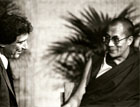
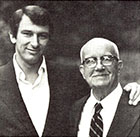

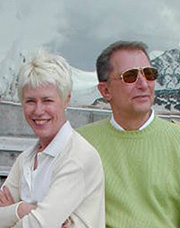
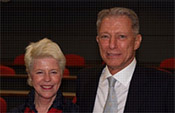 Gonneke Spits
Gonneke Spits